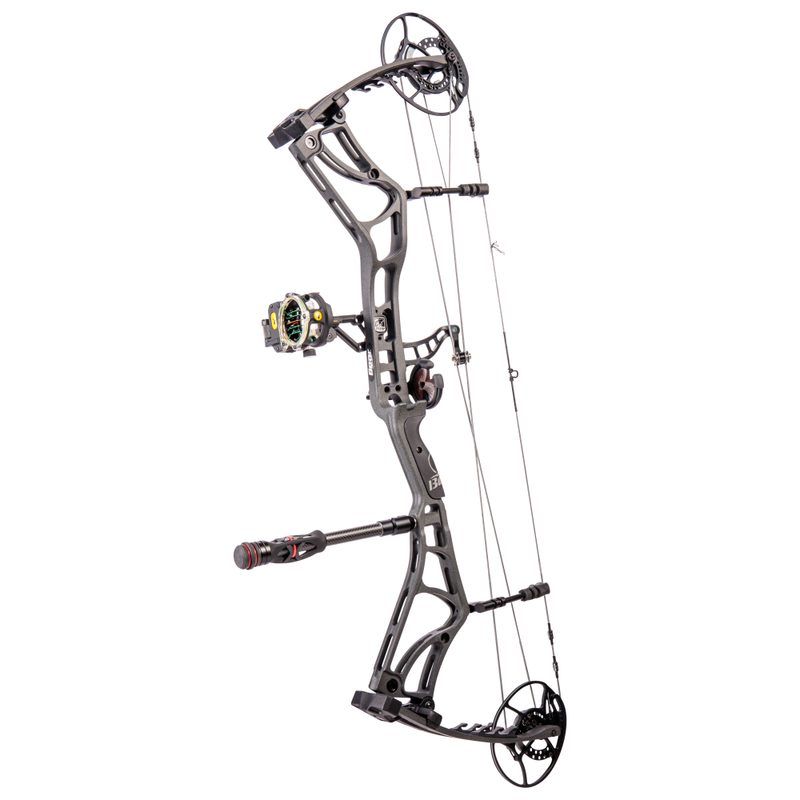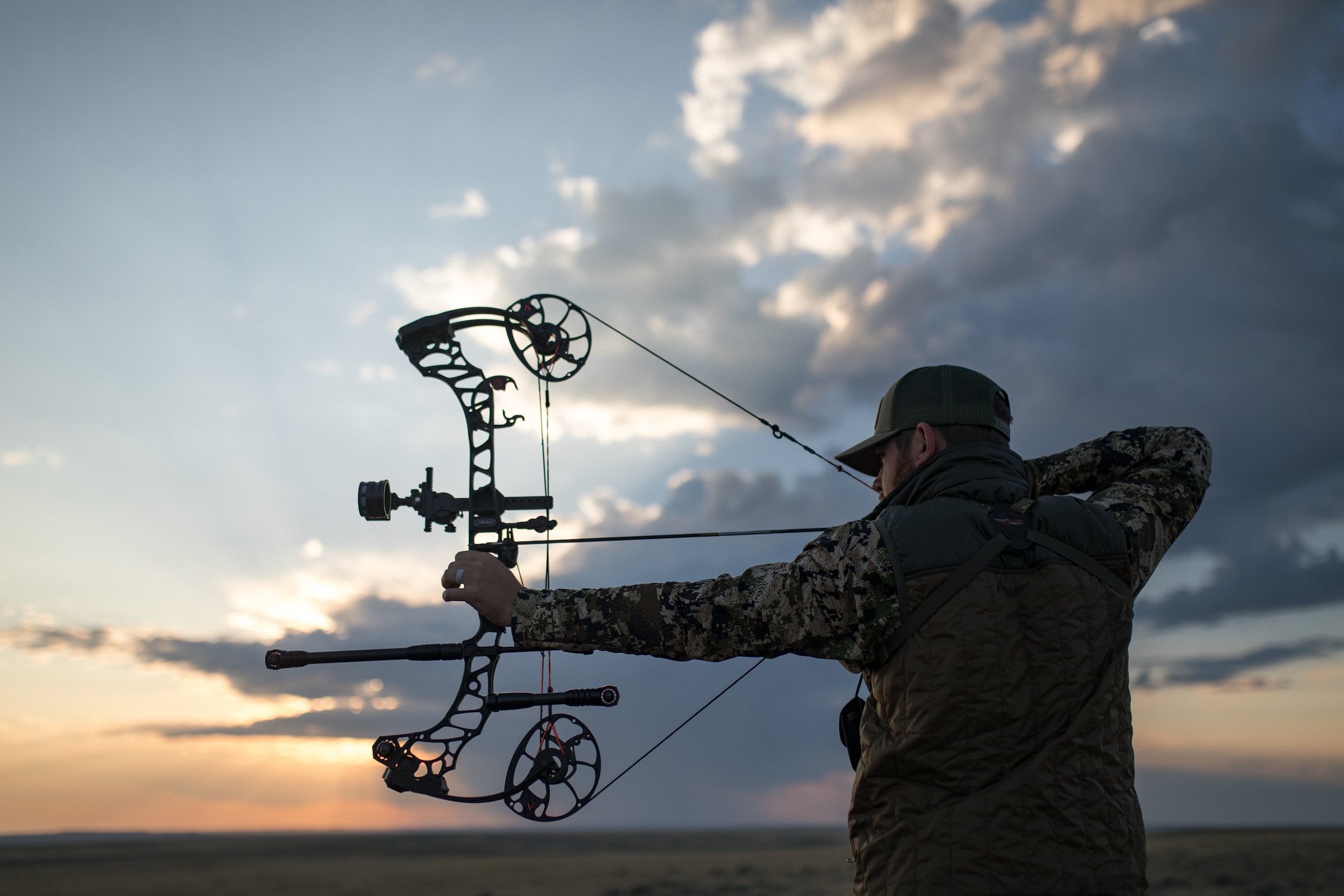The Ultimate Overview to Selecting the Right Archery Stabilizer for Boosted Accuracy
Archery is a sport that demands accuracy and accuracy, and selecting the right devices is essential for attaining ideal outcomes. Amongst the different devices available, an archery stabilizer plays a substantial duty in enhancing accuracy. With so numerous options on the market, it can be frustrating to establish which stabilizer is the right fit for your needs. In this detailed overview, we will explore the essential aspects to consider when choosing an archery stabilizer for improved precision. From discovering the optimum size to recognizing the different designs and materials, we will explore everything you need to understand to make a notified choice. Whether you are a seasoned archer looking to upgrade your equipment or a novice seeking assistance, join us on this trip as we unravel the secrets to choosing the excellent archery stabilizer.
Size: Finding the Optimal Stabilizer Length
When picking an archery stabilizer for ideal efficiency,Figuring out the perfect stabilizer length is critical. The size of a stabilizer directly influences the balance, security, and precision of the bow. A stabilizer that is also long can make the bow feel top-heavy and difficult to control, while a stabilizer that is also short may not provide adequate stability and dampening of resonances. Discovering the appropriate length needs thinking about factors such as the archer's shooting design, bow weight, and personal choice.
A longer stabilizer, usually varying from 8 to 12 inches, can offer higher stability and lower bow torque. This is particularly beneficial for archers who shoot with a high draw weight or those that have a propensity to torque the bow during the shot. The added length helps to distribute the weight uniformly and counterbalance any kind of torque or motion.
On the various other hand, a much shorter stabilizer, generally in between 4 to 7 inches, uses more maneuverability and quicker feedback. It is favored by archers who shoot with a lower draw weight or those that need more flexibility, such as seekers or 3D shooters. The shorter length permits simpler motion with limited rooms and faster adjustments.
Eventually, the optimum stabilizer size is an issue of individual choice and shooting design. It is suggested to experiment with different lengths and observe the effects on stability and accuracy. Consulting with seasoned archers or experts can additionally give valuable insights and recommendations.
Weight: Establishing the Appropriate Stabilizer Weight
After thinking about the optimal stabilizer length, the next essential element to think about when selecting an archery stabilizer is establishing the proper stabilizer weight - archery stabilizer. The weight of the stabilizer plays a vital function in improving accuracy and stability during the shot
The weight of the stabilizer influences the balance and control of the bow. A much heavier stabilizer can supply boosted security and control, particularly for shooters with a propensity for unstable hands or inconsistent shots. It helps to absorb the vibrations and recoil created by the bow, minimizing torque and minimizing the effect on the arrowhead's flight.
On the various other hand, a lighter stabilizer permits for a quicker and a lot more responsive bow. It can be useful for shooters that prioritize maneuverability and rate over stability. Lighter stabilizers also lower exhaustion throughout long shooting sessions or competitions.
To establish the proper stabilizer weight for your requirements, it is essential to consider your shooting style, physical toughness, and bow setup. Try out various weights and observing the effect on your shooting efficiency is vital to finding the perfect balance.
Inevitably, the optimum stabilizer weight will certainly differ for each specific archer. It is recommended to begin with a moderate weight and make changes based on individual preference and shooting results. Keep in mind, the objective is to achieve a controlled and secure shot, while additionally keeping comfort and simplicity of usage.
Materials: Picking the Right Materials for Durability and Efficiency
When selecting an archery stabilizer, it is critical to very carefully consider the materials made use of in its building and construction to make sure durability and enhance efficiency. The choice of materials can substantially influence the general top quality and effectiveness my site of the stabilizer.
Among one of the most generally utilized materials for stabilizers is carbon fiber. Carbon fiber supplies a high strength-to-weight ratio, making it lightweight yet unbelievably strong. This material lowers and absorbs vibrations bow torque, leading to enhanced security and accuracy. In addition, carbon fiber stabilizers are resistant to temperature modifications and are much less likely to warp or bend gradually.
One more popular material for stabilizers is light weight aluminum. Aluminum stabilizers also offer a vast variety of personalization choices, allowing archers to adjust the weight and size to match their choices.
Some stabilizers are built using a mix of products. A stabilizer might have a carbon fiber core wrapped in a light weight aluminum covering. This hybrid layout incorporates the very best high qualities of both materials, offering optimal security, resilience, and performance.
Layout: Comprehending the Different Stabilizer Designs and Their Results
Considering the materials utilized in archery stabilizers, it is essential to now look into the various styles of stabilizers and their respective effects. The design of an archery stabilizer plays an important duty in boosting accuracy and lowering vibration during the shot. There are numerous various styles readily available in the market, each with its own one-of-a-kind characteristics.

An additional prominent design is the side bar stabilizer. This design entails affixing a brief rod sideways of the bow, alongside the main lengthy pole. Side bar stabilizers aid in counterbalancing the weight of accessories, such as views or quivers, and supply extra security to the bow.
Some stabilizers include flexible weights. These stabilizers enable archers to fine-tune the equilibrium and feeling of their bows by including or eliminating weights. This feature is specifically helpful for archers who prefer a specific weight circulation or intend to trying out different arrangements.
Additionally, some stabilizers incorporate moistening technology to lessen vibration and noise. These stabilizers frequently have integrated dampeners or use products that take in resonances, leading to a smoother and quieter shot.

Devices: Exploring Extra Accessories for Improved Security
These devices are developed to work in conjunction with the archery redirected here stabilizer to offer an also better level of stability and precision. One such accessory is the V-bar or the side stabilizer place.
An additional accessory that can improve security is a bow sling. A bow sling is a band that affixes to the bow and allows the archer to maintain a kicked back hold on the bow take care of without the anxiety of dropping it (archery stabilizer). This relaxed grip helps to reduce muscle stress and enables for an extra constant and secure shot
In addition, a stabilizer weight system can be utilized to make improvements the balance and stability of the bow. These weight systems commonly consist of tiny weights that can be added or removed from the stabilizer to change the balance point of the bow. By finding the optimal equilibrium factor, archers can achieve a more precise and steady shot.
Conclusion
In conclusion, picking the appropriate archery stabilizer involves thinking about factors such as size, weight, best site materials, layout, and additional devices. The optimal stabilizer size and weight will depend on private choices and shooting design. Choosing sturdy products is crucial for lasting efficiency. Comprehending the various stabilizer layouts will certainly assist boost accuracy. Last but not least, checking out additional devices can even more enhance stability throughout archery capturing.
Determining the ideal stabilizer size is important when choosing an archery stabilizer for ideal efficiency. A stabilizer that is as well long can make the bow really feel top-heavy and difficult to manage, while a stabilizer that is also brief may not give sufficient security and dampening of vibrations - archery stabilizer.Taking into account the materials used in archery stabilizers, it is vital to now delve into the various layouts of stabilizers and their corresponding impacts. Side bar stabilizers help in counterbalancing the weight of devices, such as quivers or views, and provide added security to the bow
These weight systems typically are composed of small weights that can be included or eliminated from the stabilizer to change the equilibrium point of the bow.